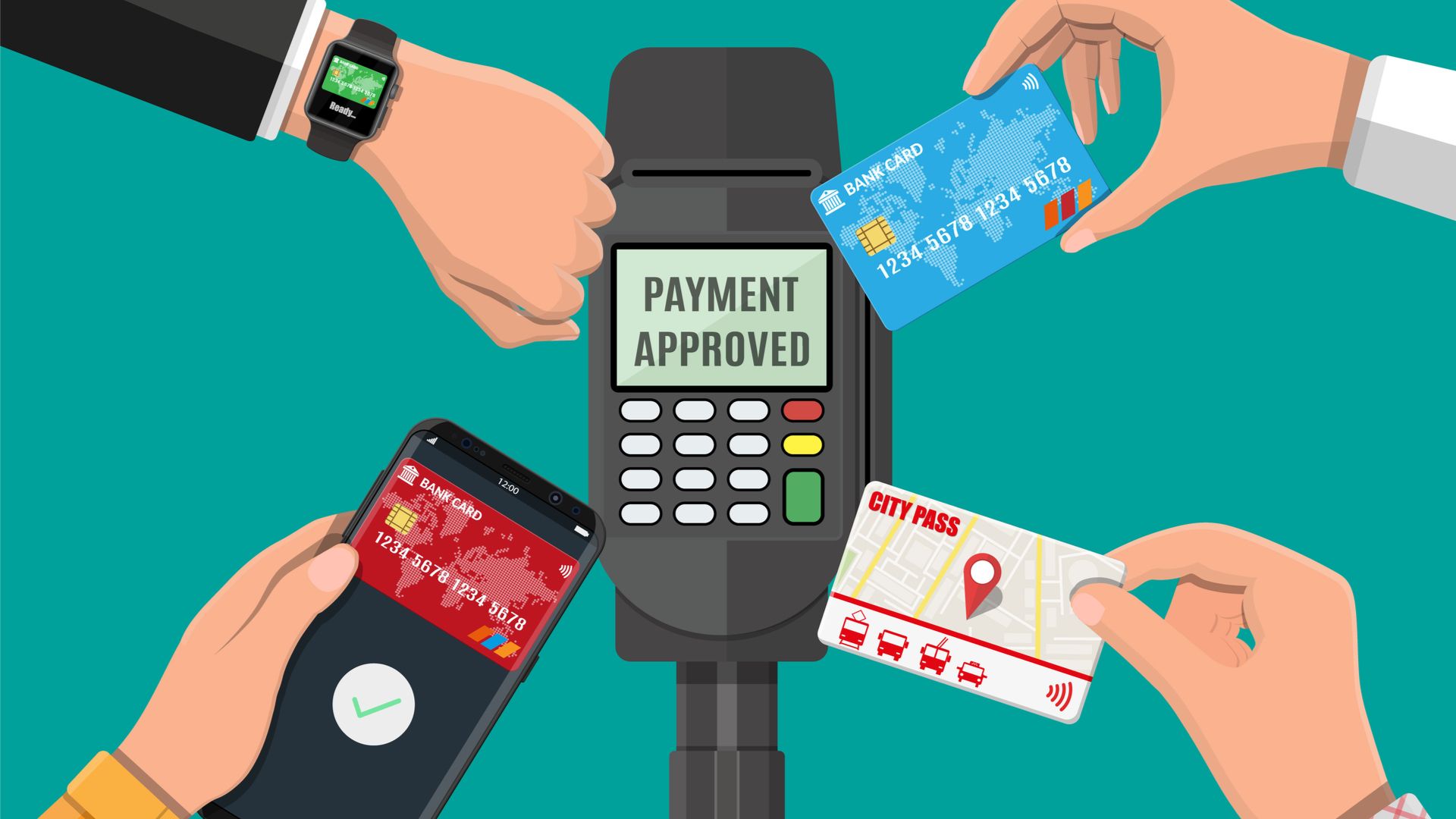In a market that continuously shifts due to technological disruption, evolving consumer expectations, and regulatory pressures, business leaders often reach a crossroads: What’s the next best step? Whether it’s expanding into a new product category, refining an operating model, or exploring acquisition targets, deciding how and when to move forward requires clarity, data, and strategic alignment.
This question is especially relevant in fintech, where innovation cycles are fast and competitive pressure remains intense. A misstep in direction can cost months of development and millions in investment. Conversely, a well-calculated shift can accelerate scale and sharpen market position.
Eric Hannelius, CEO of Pepper Pay, underscores the point: “The right next move isn’t always obvious. And it doesn’t need to be fast. It needs to be grounded in context. Founders and executives should constantly test their assumptions with data, engage their teams, and stress-test their choices through the lens of long-term business health.”
Here’s a framework to help business and fintech leaders evaluate and choose their next move.
1. Reassess Your Strategic Objectives.
Before exploring options, take a hard look at your long-term business goals. Are you focused on profitability, customer acquisition, technology leadership, or market expansion? Where do your current assets, partnerships, and team strengths align with those goals?
Revisiting your company’s strategic direction provides a filter for evaluating which next steps are logical and which could be distractions.
For example, if customer retention has become a growing challenge, focusing on experience enhancement or support infrastructure might yield greater ROI than entering a new market.
Eric Hannelius notes:“There’s a temptation to chase every new opportunity that sounds exciting. A stronger path forward usually comes from narrowing focus. That discipline creates impact.”
2. Review Operational Performance and Bottlenecks.
Your next move should address or improve a real business need. Analyze what’s currently working in your business model and where friction remains.
Look at key performance indicators such as:
- Revenue trends by customer cohort.
- Conversion rates across marketing channels.
- Customer service volume and resolution time.
- Infrastructure scalability.
- Unit economics.
These metrics help determine whether a next step should focus on optimization, innovation, or expansion.
In fintech, for instance, a lag in onboarding efficiency may suggest a need to improve identity verification technology before expanding to new customer segments.
3. Map Market Trends and External Forces.
Any decision should be informed by external forces: competitor behavior, regulatory changes, and shifting customer preferences.
A few 2025 developments to consider:
- Consumer trust is increasingly influenced by transparency and ethical AI.
- New payment regulations across the EU and North America are reshaping fintech compliance expectations.
- Younger generations are influencing B2B purchasing with preferences for personalization and fast service.
Understanding how these forces align with your company’s direction will help determine whether to double down on existing strengths or pivot into a new area of relevance.
4. Engage Internal Stakeholders and Advisors.
Often, the best signals come from inside the organization. Team members closer to customers, products, or operations often hold insights that leadership doesn’t always see. Gather feedback from across departments, including sales, product, operations, and finance.
Creating structured formats such as scenario workshops or strategic offsites allows you to evaluate potential moves collaboratively. Consider inviting outside advisors or board members to pressure-test ideas from a broader perspective.
According to Eric Hannelius: “Founders and C-level teams should ask themselves, ‘Who in the organization will this decision impact most and do we have their input?’ Ignoring that step can slow implementation and create resistance.”
5. Run Scenarios, Not Gut Decisions.
Too often, leaders rely on intuition when evaluating next steps. While experience plays a role, scenario modeling offers a safer route. Outline three or four directional options, then build projections around each. What are the revenue, cost, and operational impacts over 12–24 months?
Consider what success looks like and what failure could mean. This process often reveals hidden dependencies or underestimated risks.
Scenario analysis can include:
- Expanding to a new geography.
- Launching a secondary product line.
- Repricing or restructuring your core service.
- Reinvesting in automation or infrastructure.
6. Consider Timing, Talent, and Resources.
The right idea at the wrong time can fail. Ask yourself:
- Do we have the internal talent needed to execute this move?
- Will this decision distract from essential operations?
- Do we have enough runway to absorb early missteps?
Understanding your company’s readiness is as important as understanding the opportunity. In fintech especially, scaling a new product or entering a new regulatory environment can stretch legal, tech, and compliance teams.
If timing feels premature, explore staged rollouts or limited-market pilots.
7. Measure Alignment With Brand and Customer Values.
Today’s market rewards authenticity and values-driven leadership. Before acting, assess whether your decision aligns with your brand promise and your customer base. Will this move reinforce your brand story, or confuse your audience?
Eric Hannelius advises: “Fintech leaders especially need to watch their trust curve. If you move into a space that doesn’t match your brand or causes doubt in security, the market will push back.”
8. Make the Decision, and Communicate Clearly.
Once the direction is set, shift into execution mode. Communicate your decision to internal teams with clarity and confidence. Explain the reasoning behind the choice and what success will look like.
When speaking with investors or stakeholders, be transparent about the risks, how you’ve assessed them, and what metrics will be used to track progress. Leadership in 2025 requires more than decision-making. It requires building alignment around those decisions.

Choosing the next step in business is less about guessing what the market wants and more about aligning data, direction, and internal readiness. For fintech professionals and growth-focused leaders, the ability to evaluate and act decisively is essential in a world shaped by speed and complexity.
Revenue shifts, customer sentiment, and technological acceleration will keep evolving. The companies that thrive will be the ones that balance bold moves with thoughtful analysis, using both insight and restraint to fuel sustainable growth.











